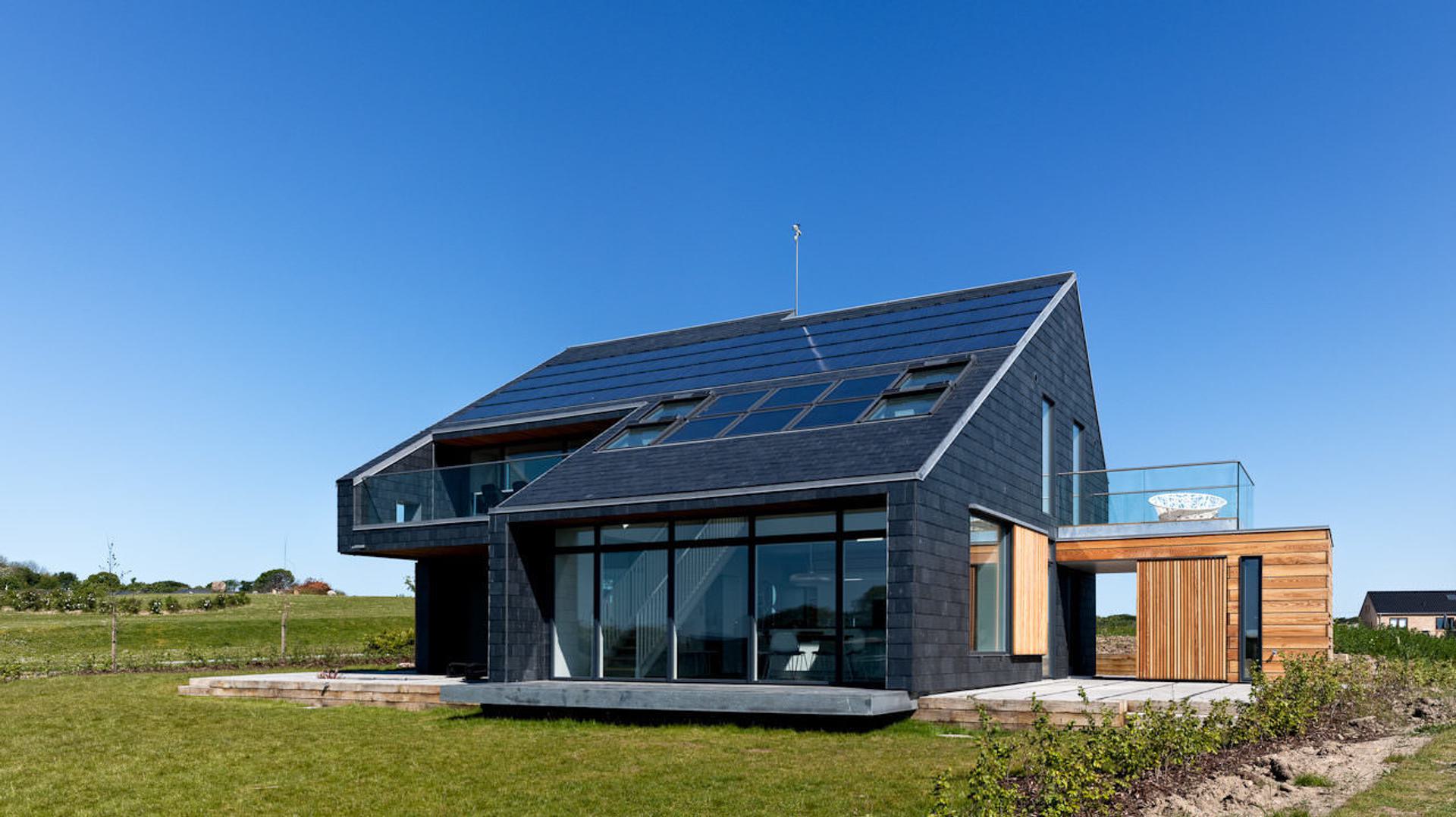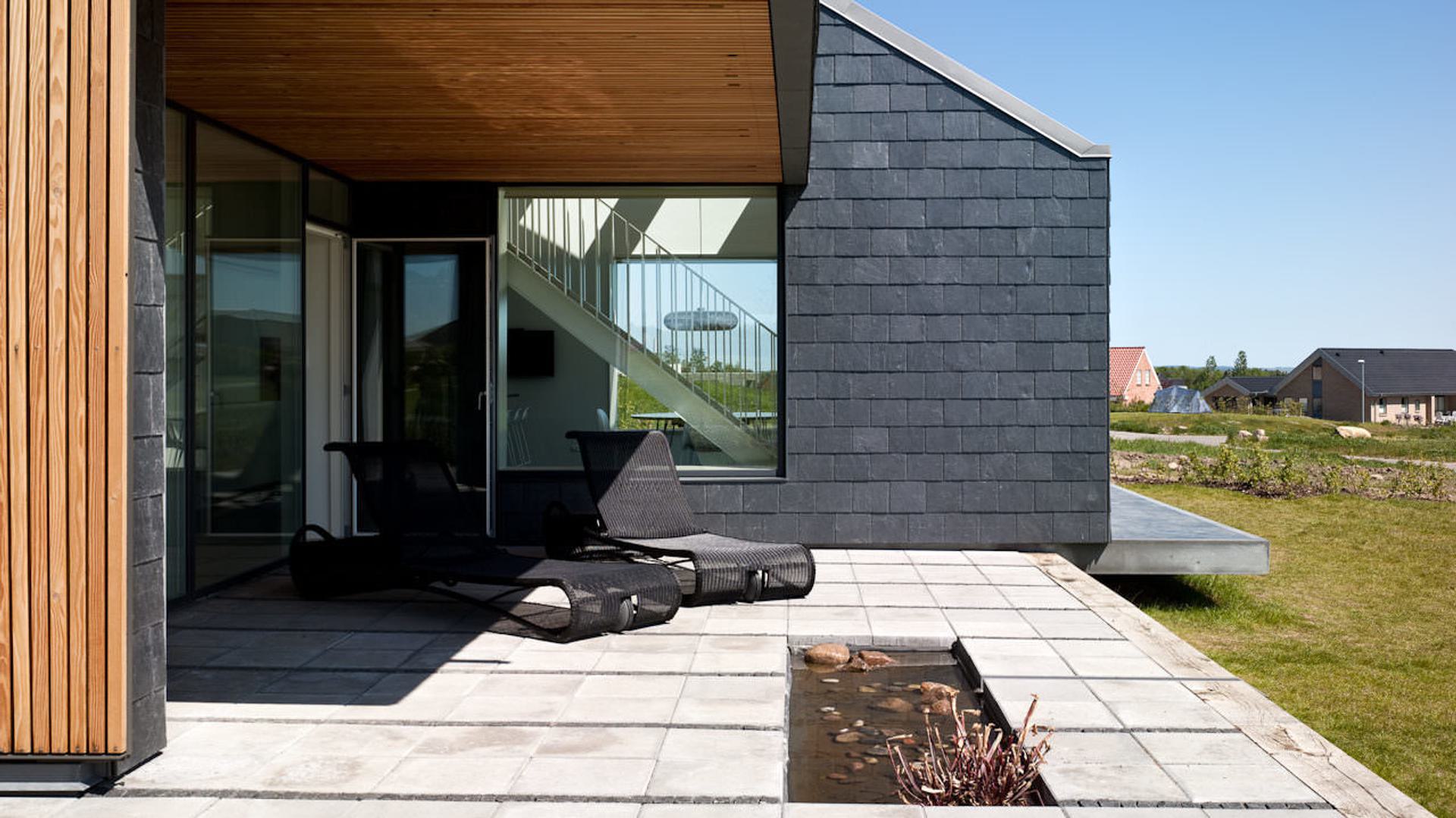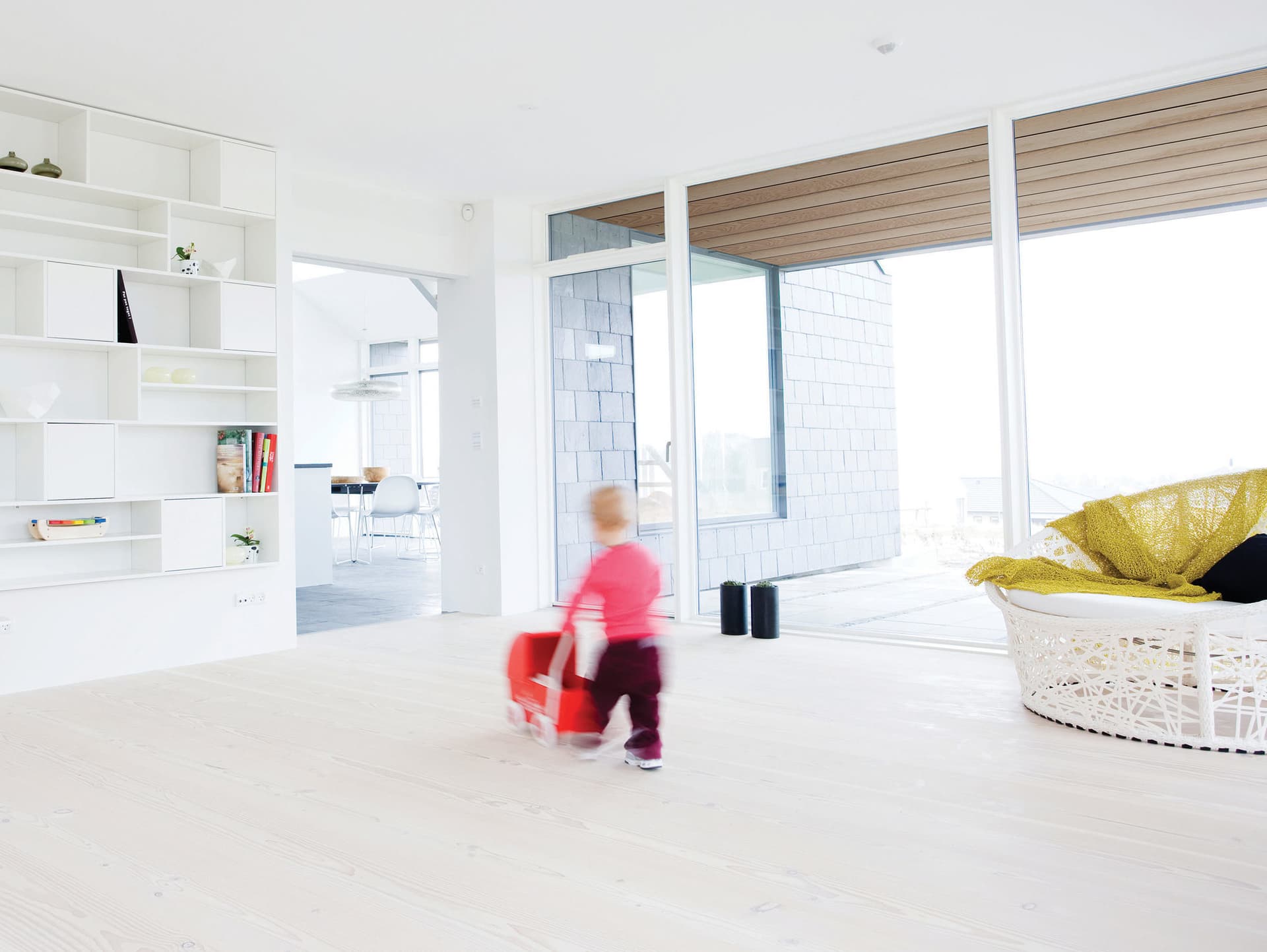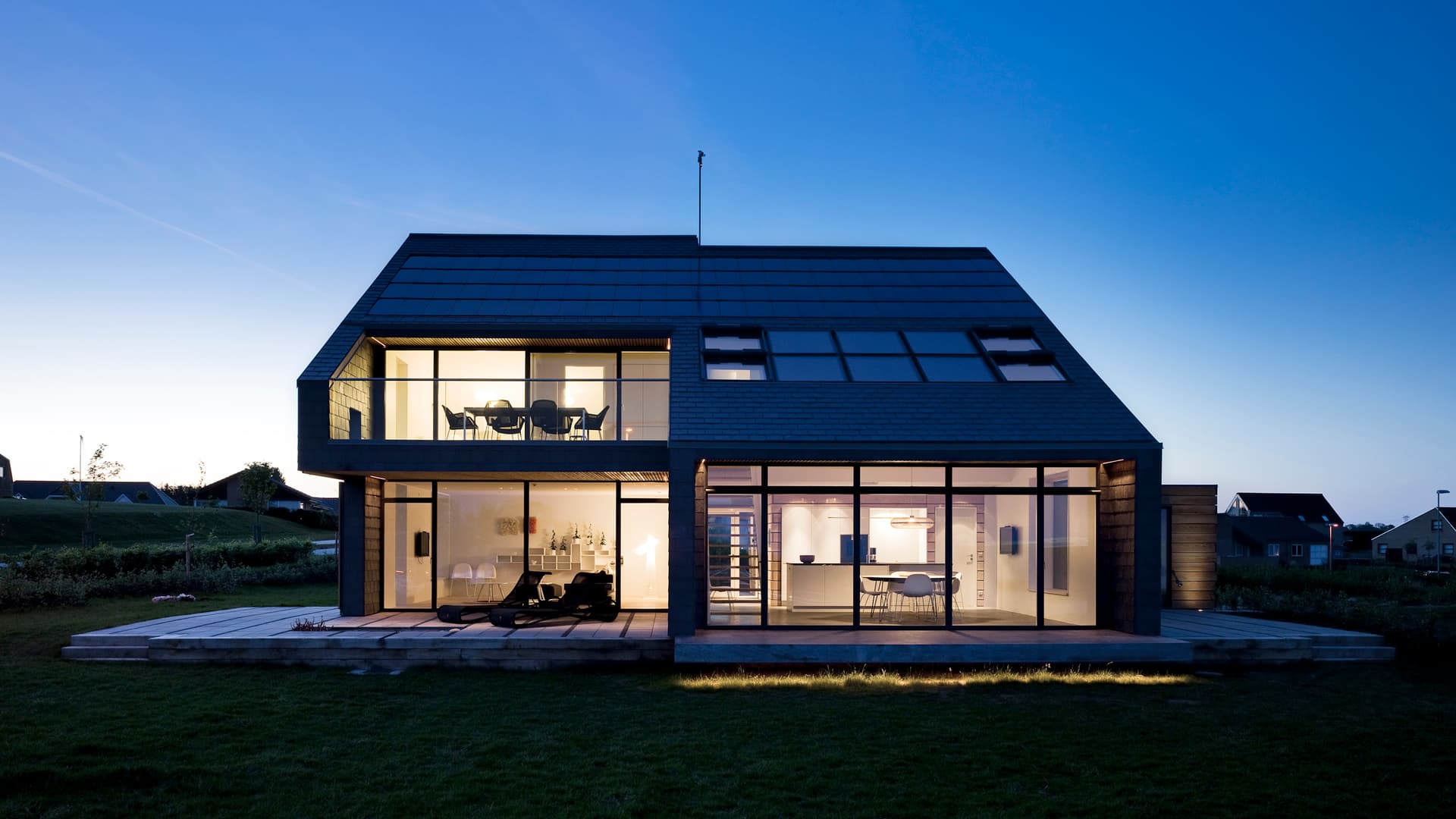
The Impact of Behavior
For an entire year, the Simonsen family lived as a test family in the Home for Life north of Aarhus. This is the world's first Active House, designed to combine a healthy indoor climate with an energy surplus. Anthropologists followed their everyday life in the house, providing unique insights into the effects of sustainable architecture. For as it turned out, reality is often a far cry from the initial calculations. And in this reality, behavior goes a long way to determine how sustainable the architecture actually is.
Behavior is crucial
Construction accounts for 39 percent of the global energy related CO2 emissions. Of that, 11 percent comes from the production, demolition and transportation of building materials, while the remaining 28 percent comes from building operations and maintenance. This includes heating, cooling, cooking, showering, lighting and, well, living our lives. In other words, our behavior is the most significant lever we can pull in the green transition, not just in terms of architecture, but for society as a whole. In order to drive the green transition, it is crucial to understand how we live in and with our buildings – and to design the architecture accordingly.
Deviations from reality
The Home for Life project has always been ambitious. However, the goal of making the electricity meter run backwards while creating a healthy indoor climate has proven difficult to achieve in reality. While on paper, the house was supposed to consume 15 kWh per square meter per year, the Simonsen family ended up consuming twice that amount. This was largely due to the fact that their behavior deviated from the calculations. For example, they often opened their windows despite having automatic ventilation, and set the room temperature 2-3 degrees higher than the recommended temperature. Although these behaviors were not taken into account initially, they turned out to be crucial factors in the house’s actual energy consumption.







Some needs arise while others disappear
Our needs are constantly changing. Some needs arise while others disappear. These changes in our behavior have a significant impact on the energy consumption of buildings. For example, towards the end of the test period, the Simonsen family welcomed a new baby sister. This meant that the family spent more time at home than the average Danish family, using more heat and water as a result. In addition, they stopped automatically lowering the temperature during the night, as the mother would wake up to breastfeed. These are examples of how changing needs call for greater flexibility in the design of buildings to better accommodate different patterns of use.

Healthy indoor climate improves quality of life
On average, Danes spend between 80 and 90 percent of their lives indoors, where the climate is often five times more unhealthy compared to typical outdoor areas. Moreover, research shows that a poor indoor climate is detrimental to our well-being and physical health. However, something as simple as proper ventilation can solve many of our problems. That is why Home for Life has integrated sensors to measure heat, humidity and CO2 in every room. In addition, the facade automatically adjusts to the season and draws in fresh air, ensuring a comfortable indoor climate at all times.

From the very beginning, we noticed the great air quality in the house. The rooms are always pleasant to be in, as the hot air is removed and the indoor climate adjusted.Sverre Simonsen
Want to know more?

